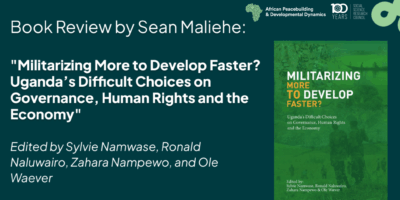[Emily] Ogden intends to “accentuate the negative,” so the train of questions I have—questions that view science in a more optimistic light—runs perpendicular to the thrust of her project. Nonetheless, I want to use her picture of the nonmodern obsessions of the scientists to explore how science is understood by the early architects of the secularization thesis. In her account of the debunking maneuvers of Franklin and Lavoisier’s 1784 commission, Ogden proposes that the debunkers are addicted to their debunking. She layers Bruno Latour’s factish—the peculiar feature of moderns to fixate on that which is made versus that which is “factical”—and Sigmund Freud’s fetish—the pathological obsession with a thing that resolves one’s own anxiety about lack. For Latour, the factish—the modern obsession with “facts” as if they were unmade, purely exterior realities—is a delusion. But is it pathological, in the way that it is for Freud? Could we talk about the modern desire for debunking as something other than a dalliance with contempt?
Latest posts
Modernity’s resonances—An introduction
Respondents to the books were asked—and gamely agreed— to reflect on how these works “challenge and correct the discursive and philosophical modes of investigation into secularity's histories and manners of operation.” Their responses and the rejoinders by…
A matter of justice, not merely chastity
How will the encounter with the hard edges of American law reshape Catholic doctrine on sexual morality, which governs not only American Catholics, but also Catholics around the globe?
The myth of secular law as savior
Like the good religion/bad religion dichotomy familiar to religious studies scholars, the good law/bad law dichotomy structures implicit judgments of legal systems.
CFP | AAR Seminar “Contextualizing the Catholic Sexual Abuse Crisis”
 by
The Editors
by
The Editors
"Contextualizing the Catholic Sexual Abuse Crisis" is a five-year seminar of the American Academy of Religion (AAR) working towards greater understanding about clergy sexual abuse and the range of questions that it raises. The inaugural call for papers for the 2019 AAR Annual Meeting (November 23 - 26, San Diego, CA) is pasted below. Proposals should be submitted via the online PAPERS portal by the AAR deadline of Monday, March 4.
Abuse crisis: Shifting boundaries between church and state
The meaning and the consequences of the abuse crisis will be far-reaching and it will take a long time to figure out the magnitude of the changes in the relations between church…















